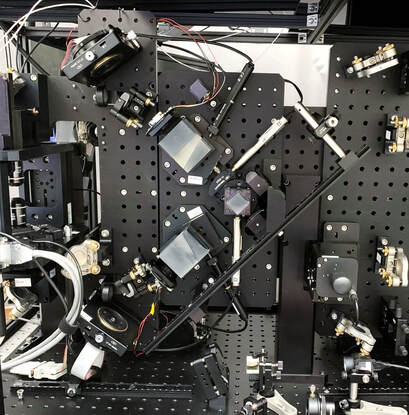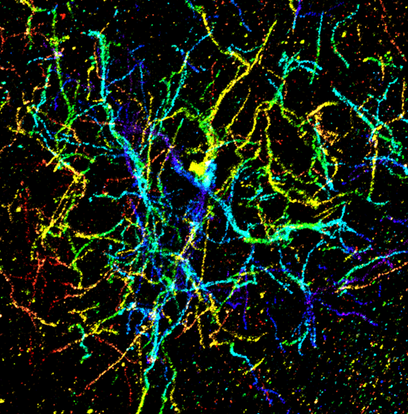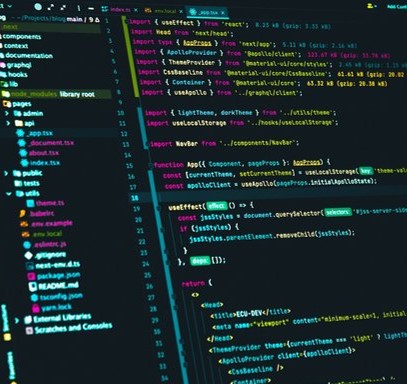|
Ultra-high Resolution Optical Imaging Systems
The development of microscopy systems defines the limits of human observation within cells, tissues and animals. Over the last 150 years, a major hurdle is the diffraction of light. Through single molecule imaging and localization, one can circumvent this fundamental limit and provide nanometer resolution optical imaging for virus, bacteria, yeast, live cells and tissues, termed super-resolution optical microscopy (related reading: Nobel Prize in Chemistry 2014). The lab develops novel super-resolution instrument, single molecule analytical methods and AI driven systems to push the envelop of spatial and temporal observation limit of human. |
|
Deep-Tissue Super-resolution Imaging through the Brain
The Huang lab develops deep tissue single molecule nanoscopy technologies, including highly-efficient adaptive optics control, light-sheet/line scan excitation, tissue clearing and expansion methods and in situ PSF analysis to resolve key constituents of functional and dysfunctional brain specimens (neurons, slices and whole brain). Our current two focuses in the brain: (1) Neural circuit and its synaptic ultra-structures and molecular composition. (2) Key intracellular pathogenesis proteins of Alzheimer’s disease and extracellular plaque forming Amyloid beta fibrils –earliest detectable pathological change in the brain for AD. |
|
Statistics and Mathmatics-based Computation and AI driven Systems
The Huang lab develops statistics-rooted imaging processing algorithms and mathematical toolboxes and implement them through massively parallelized GPU-based computation and on the cloud. We also develop AI-integrated imaging systems to allow ultra-high resolution imaging through deep tissues and living specimens. We developed one of the first deep learning toolboxes for single molecule analysis (smNet) and recently demonstrated the possibility of using AI to control and drive single-molecule microscope systems (DL-AO) in ways no human can, controlling a 140-element mirror device to compensate for and stabilize aberrations autonomously in real time. |


